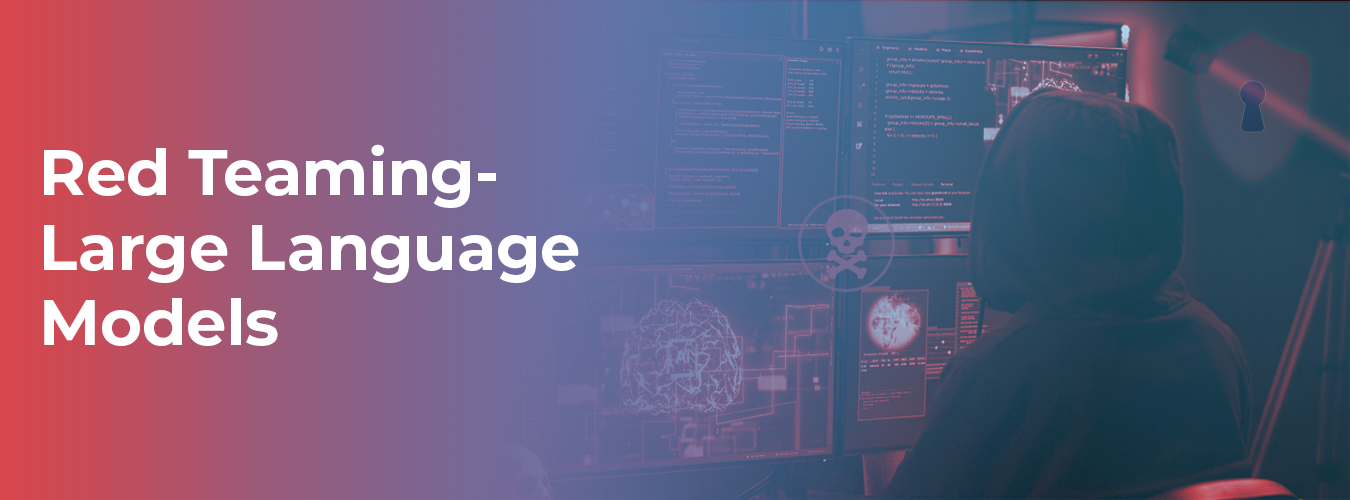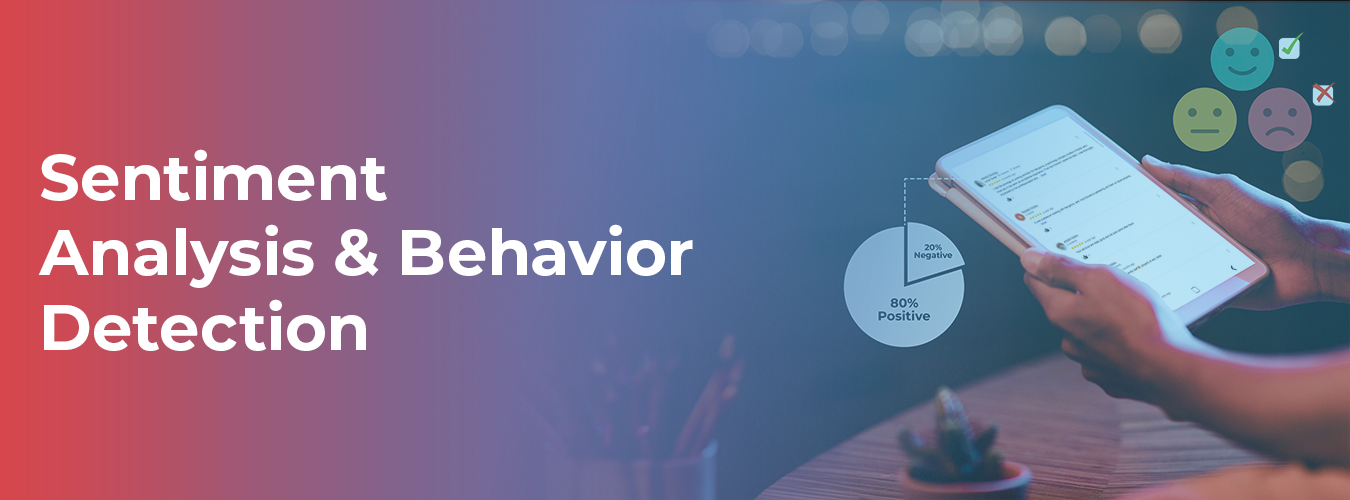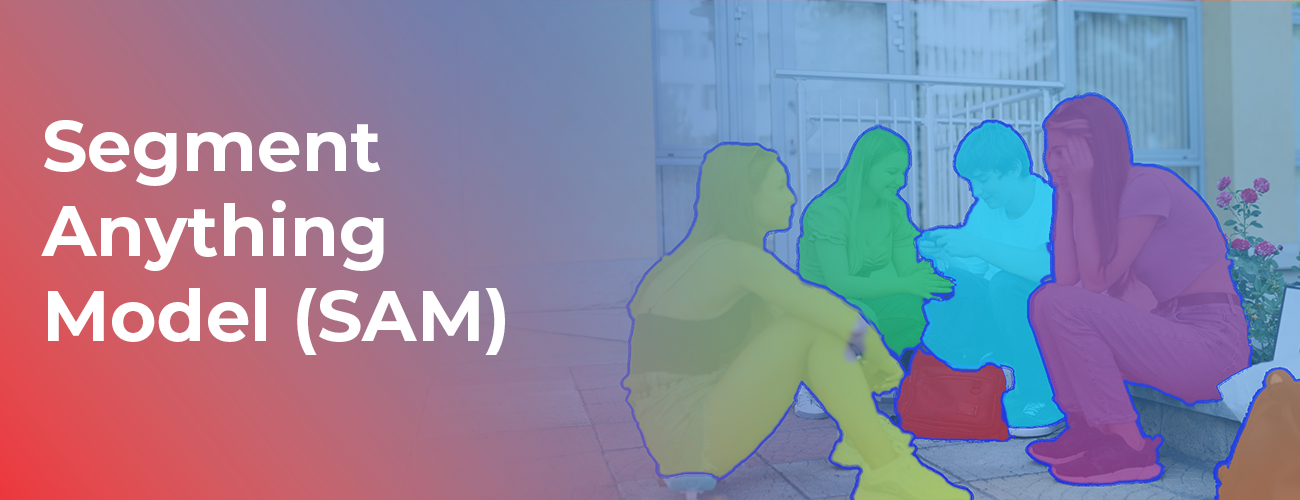Data annotation provides context and categorization for machine learning (ML) models to extract valuable insights by assigning labels to raw data. For those of you skimming through the article, here are some quick takeaways you will find in the guide, which include Understanding what it is, Understanding the different types of its processes, Knowing the advantages of implementing its process, Insights on choosing the right data annotation service provider too, and much more.
Understanding Data Annotation

Data annotation is the process of attributing, tagging, or labeling data to assist ML algorithms in recognizing and classifying the information they process. This procedure is vital for training AI models, enabling them to accurately comprehend various data types, including images, audio files, video footage, or text.
Imagine a self-driving car that relies on information from computer vision, natural language processing (NLP), and sensors to make accurate riding decisions. To assist the car’s AI model in differentiating among obstacles like other vehicles, pedestrians, animals, or roadblocks, the data it receives must be labeled or annotated.
In supervised learning, data annotation services are especially crucial, as the more labeled data fed to the model, the faster it learns to function autonomously. Annotated data allows AI models to be deployed in various applications like chatbots, speech recognition, and automation, resulting in optimal performance and reliable outcomes.
Why is Data Annotation Required?

We know that computers can deliver ultimate results that are precise, relevant, and timely. However, how does a machine learn to provide such efficiency?
This is all because of data annotation services. When an ML module is still under development, it is fed volume after volume of AI training data to make it better at making decisions and identifying objects or elements.
We could only differentiate between a cat and a dog, a noun and an adjective, or a road from a sidewalk through the annotation process modules. Without data annotation, every image would be the same for machines as they don’t have any inherent information or knowledge about anything in the world.
It is required to make systems deliver accurate results and help modules identify elements to train computer vision and speech recognition models. Data annotation is necessary for any model or system with a machine-driven decision-making system at the fulcrum to ensure accurate and relevant decisions.
What are the Benefits of Data Annotation?

It is crucial to optimizing ML systems and delivering improved user experiences. Here are some key benefits of data annotation:
- Improved Training Efficiency: Data labeling helps train ML models better, enhancing overall efficiency and producing more accurate outcomes.
- Increased Precision: Accurately annotated data ensures that algorithms can adapt and learn effectively, resulting in higher levels of precision in future tasks.
- Reduced Human Intervention: Advanced data annotation tools significantly decrease the need for manual intervention, streamlining processes and reducing associated costs.
Thus, it contributes to more efficient and precise ML systems while minimizing the costs and manual effort traditionally required to train AI models.
Types of Data Annotation
Image Annotation
From the datasets they’ve been trained on, they can instantly and precisely differentiate your eyes from your nose and your eyebrows from your eyelashes. That’s why the filters you apply fit perfectly regardless of the shape of your face, how close you are to your camera, and more.
So, as you now know, image annotation is vital in modules that involve facial recognition, computer vision, robotic vision, and more. When AI experts train such models, they add captions, identifiers, and keywords as attributes to their images. The algorithms then identify and understand these parameters and learn autonomously.
Audio Annotation
Audio data has even more dynamics attached to it than image data. Several factors are associated with an audio file, including but not limited to – language, speaker demographics, dialects, mood, intent, emotion, and behavior. For algorithms to be efficient in processing, all these parameters should be identified and tagged using techniques such as timestamping, audio labeling, and more. Besides verbal cues, non-verbal instances like silence, breaths, and even background noise could be annotated for systems to understand comprehensively.
Video Annotation
While an image is still, a video is a compilation of images that create an effect of objects being in motion. Now, every image in this compilation is called a frame. Regarding video annotation, the process involves adding critical points, polygons, or bounding boxes to annotate different objects in the field in each frame.
When these frames are stitched together, the AI models in action could learn the movement, behavior, patterns, and more. It is only through video annotation that concepts like localization, motion blur, and object tracking could be implemented in systems.
Text Annotation
Today, most businesses rely on text-based data for unique insight and information. Now, the text could be anything ranging from customer feedback on an app to a social media mention. Text has many semantics, unlike images and videos, which mainly convey straightforward intentions.
As humans, we are tuned to understanding the context of a phrase, the meaning of every word, sentence, or phrase, relate them to a particular situation or conversation, and then realize the holistic meaning behind a statement. Machines, on the other hand, cannot do this at precise levels.
Real-World Use Cases for Data Annotation in AI

It is vital in various industries, enabling them to develop more accurate and efficient AI and ML models. Here are some industry-specific use cases for data annotation:
Retail Data Annotation
It involves labeling product images, customer data, and sentiment data. This annotation type helps create and train AI/ML models to understand customer sentiment, recommend products, and enhance the overall customer experience.
Finance Data Annotation
Financial data annotation focuses on annotating financial documents and transactional data. This annotation type is essential for developing AI/ML systems that detect fraud, address compliance issues, and streamline other financial processes.
Automotive Data Annotation
Data annotation in the automotive industry involves labeling data from autonomous vehicles, such as camera and LiDAR sensor information. This annotation helps create models to detect objects in the environment and process other critical data points for autonomous vehicle systems.
Key Steps in Data Labeling and Data Annotation Process
The annotation process includes well-defined steps to ensure outstanding and accurate data labeling for ML applications. These steps cover every aspect of the manner, from data collection to exporting the annotated data for proceeding use.
Here’s how it takes place:
- Data Collection: The first step in the data annotation process is to acquire all the applicable information, including images, videos, audio recordings, or text data, in a centralized location.
- Data Preprocessing: Standardize and enhance the gathered data by deskewing photos, formatting textual content, or transcribing video content. Preprocessing ensures the data is ready for annotation.
- Select the Right Service Provider: Choose an appropriate data annotation service provider based on your project’s requirements.
- Annotation Guidelines: Establish clear guidelines for data annotation service providers to ensure consistency and accuracy throughout the process.
- Annotation: Label and tag the data using human annotators or data annotation service providers, following the established guidelines.
- Quality Assurance (QA): Review the annotated data to ensure accuracy and consistency. Employ multiple blind annotations, if necessary, to verify the quality of the results.
- Data Export: After completing the data annotation, export the data in the required format. Many platforms enable seamless data export to various business software applications.
What Macgence can do for you?
At Macgence, our data annotation experience spans over several years. Combining our human-assisted approach with ML assistance gives you the high-quality training data you need. Our text annotation, image annotation, audio annotation, and video annotation will give you the confidence to deploy your AI and ML models at scale. Whatever your data annotation needs, our managed service team is standing by to assist you in the best possible way.
We ensure that you have a robust quality control process throughout the data annotation project, which can improve the accuracy and consistency of the final dataset. When annotating data, we consider privacy policies, regulations, and ethics. This includes proper data anonymization and following guidelines relevant to specific domains such as finance, healthcare, or education.
We establish specific, measurable, and achievable goals for your data annotation project. Ensure that project deadlines are realistic and considerate of the resources available. This will help manage expectations, keep the team motivated, and promptly deliver a high-quality annotated dataset. We ensure that your training data is annotated by people with different backgrounds, experiences, and skill sets to increase overall quality and impact.
Conclusion
Data annotation is a crucial method that assigns labels or tags to raw data, allowing ML models to extract valuable insights and make autonomous choices. It encompasses various types, including image, audio, video, and text annotation, playing a crucial role in training AI systems for facial recognition, speech recognition, and object detection. By choosing the right data annotation service provider and following well-defined steps, companies can ensure improved training efficiency, increased precision, reduced human intervention, and, ultimately, the delivery of more efficient and precise ML systems across industries.
FAQ’s
Ans: – Data annotation or Data Labeling is the process that makes data with specific objects recognizable by machines to predict the outcome. Tagging, transcribing, or processing objects within textual, image, scans, etc., enable algorithms to interpret the labeled data and get trained to solve real business cases independently without human intervention.
Ans: – A data annotator is a person who works tirelessly to enrich the data to make it recognizable by machines. It may involve one or all of the following steps (subject to the use case in hand and the requirement): Data Cleaning, Data Transcribing, Data Labeling or Data annotation, QA, etc.
Ans: – In ML, labeled or annotated data is tagging, transcribing, or processing the features you want your ML models to understand and recognize to solve real-world challenges.




